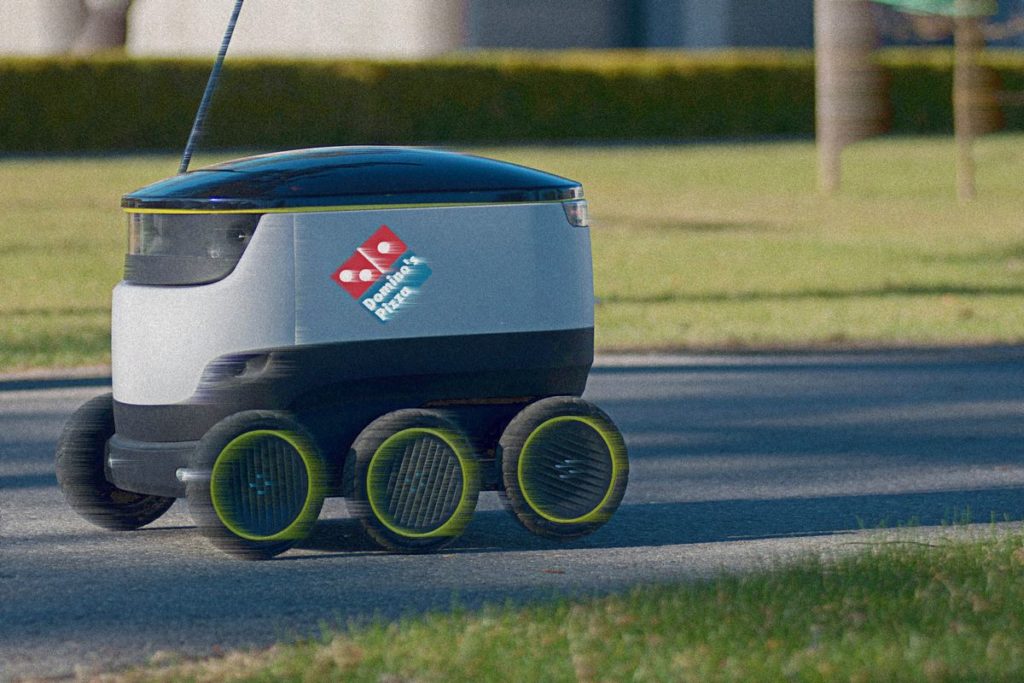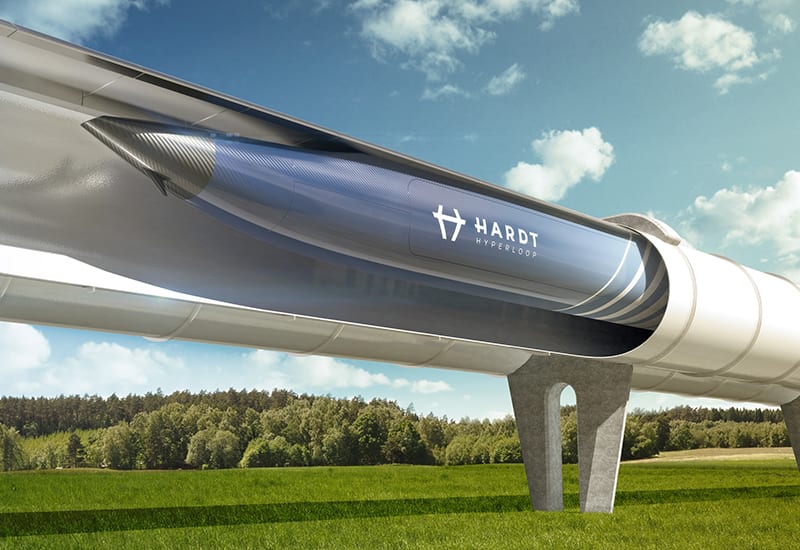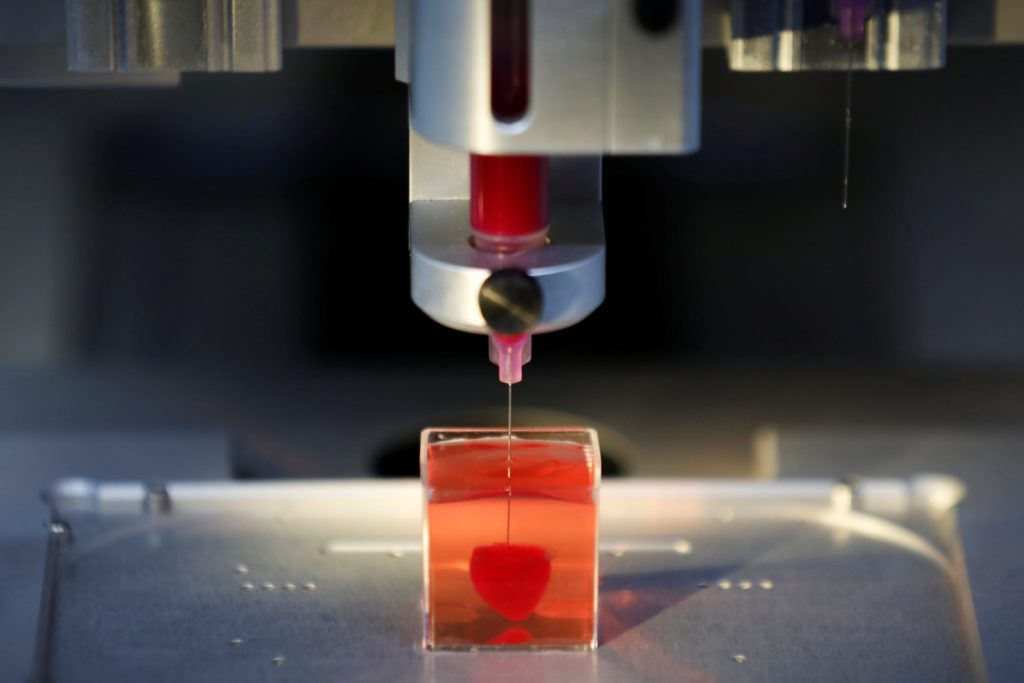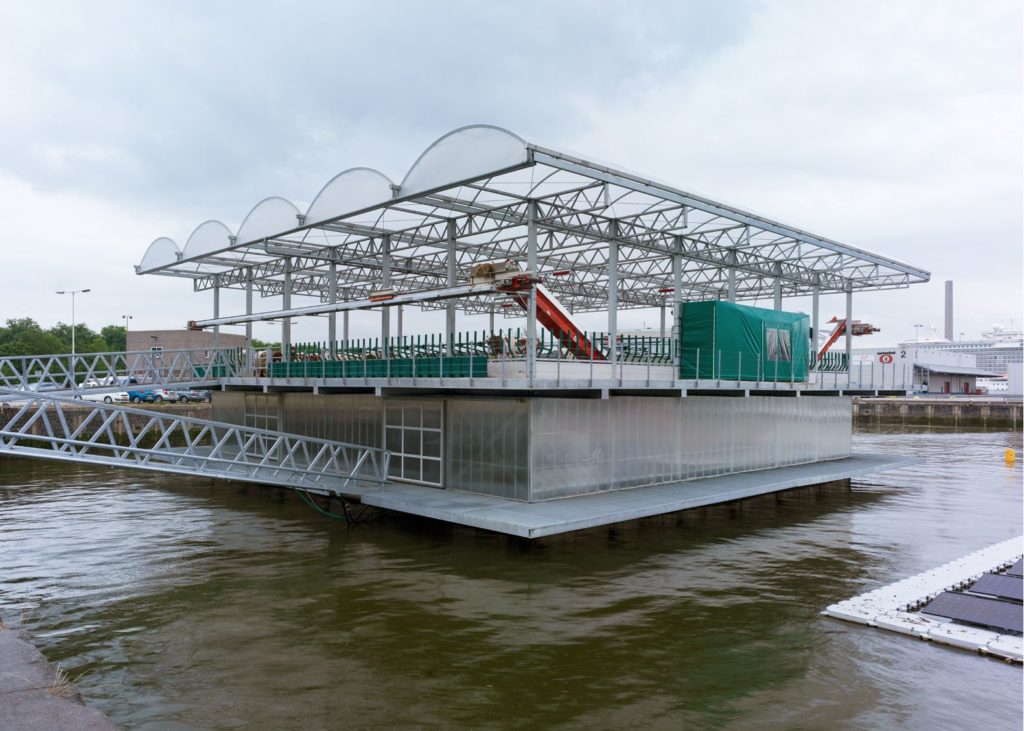With technology progressing at a blazing pace in different fields, there’s something exciting out almost every single day. Life 20 years from now may look very different from today, thanks to the growing ease of living that these advancements bring with them. That said, here are some of the most exciting technologies that are currently in the works.
AI is the future
AI Products – Artificial Intelligence has already been incorporated into various walks of life, from industrial machinery to at-home assistants. Advancements in this sector are piling up by the day. With deep machine learning garnering a lot of attention in the recent past, the workforce powering AI is on the rise.
Many frontiers have opened up, thanks to the machine learning and the analytical capabilities of this tech. The commercialisation of AI has been the main motive of quite a few firms for many reasons: Increased accuracy, efficiency, attendance, insignificant human error and cheaper prices. Restaurant chains like Domino’s are already experimenting with robots and drones driven by AI in the aspects of service and delivery.

The Newest Innovation in Transportation
High-speed Trains – Elon Musk’s brainchild, the Hyperloop, is a sealed tube or system of tubes with low air pressure through which a pod may travel substantially free of air resistance or friction. Capable of touching speeds over 700 mph or 1100 kmph, this hypersonic energy-efficient mode of transportation could revolutionize commuting forever.
It’s estimated that when set up, the Hyperloop one could traverse from LA to Las Vegas in 30 mins vis-à-vis the flight journey which takes 3 hours. Virgin is already in talks with the transport authorities of different countries. The first Hyperloops are expected to be established in Mumbai, Dubai and LA (more info on Virgin’s site here).

The Age of Bioprinting
Bioprinting – Bioprinters work by extruding cells and other biomaterials contained in bio-inks, using syringes that deposit the material layer by layer to create different types of tissues or organ-like bionic constructs. Researchers at Princeton University have managed to 3D print a bionic ear which could hear frequencies beyond human auditory comprehension.
Though bioprinting entire organs could take a while, up to eight weeks for something like the heart, it is promising. Further development could lead to more efficient methods, enabling the printing of an organ in just a few hours. Studies testing the viability of printing other body parts are underway. This will mark a new milestone in the field of medicine

Floating Smart-Farms
Floating Agriculture – To deal with overpopulation and the shortage of land as a resource, the architect Javier Ponce from Forward-thinking architecture designed a 24m-tall, three-tiered structure with solar panels on top to provide energy. Vegetables could be grown in the intermediate tier, which has an area of 51,000 m2.
The crops would be planted in a liquid medium, the plant nutrients and products would be used to feed the fish in the enclosed space in the bottom floor. It is estimated that a farm measuring 350 x 200m would produce an estimated 8.1 tonnes of vegetables and 1.7 tonnes of fish a year.

Nanobots in Medecine
Nanotechnology – Nanotechnology is the science of understanding and manipulating materials on a nanometre scale. Harnessing control over such minute units in any object can lead to products with varied properties and potential for uses that we haven’t seen before. Nanotech has been in use in the production of microprocessors, batteries, cosmetics and is being explored in the field of medicine at present.
Nanotechnology in medicine currently being developed involves employing nanoparticles to deliver drugs, heat, light or other substances to specific types of cells (such as cancer cells). Experts believe that technologies developed as such can be a very promising approach to many challenging illnesses.

Further Reading:


